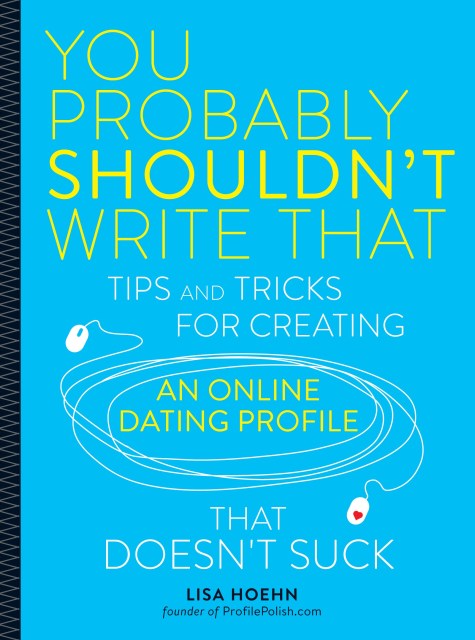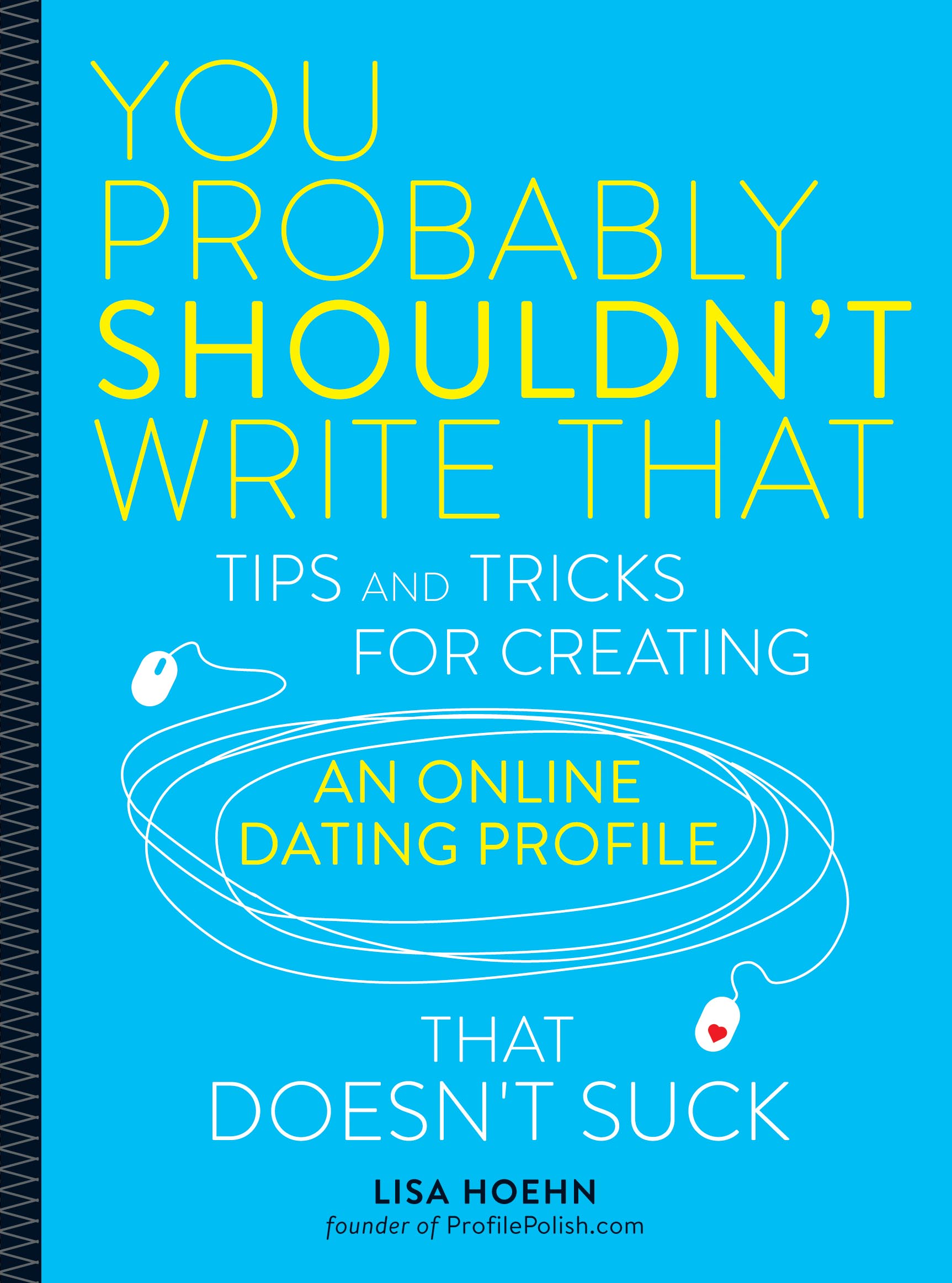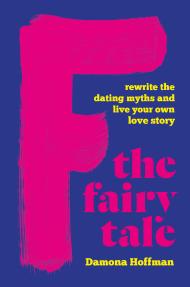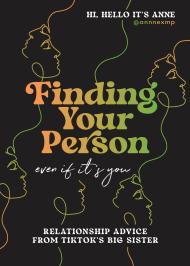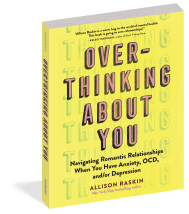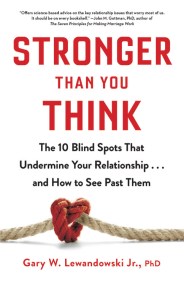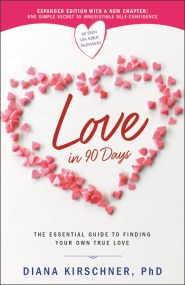Promotion
Use code MOM24 for 20% off site wide + free shipping over $45
You Probably Shouldn't Write That
Tips and Tricks for Creating an Online Dating Profile That Doesn't Suck
Contributors
By Lisa Hoehn
Formats and Prices
Price
$9.99Price
$12.99 CADFormat
Format:
- ebook $9.99 $12.99 CAD
- Trade Paperback $9.95 $12.50 CAD
This item is a preorder. Your payment method will be charged immediately, and the product is expected to ship on or around December 22, 2015. This date is subject to change due to shipping delays beyond our control.
Also available from:
Dating virtuoso and profile expert Lisa Hoehn has helped thousands of people meet, date, and fall in love (or into bed). In You Probably Shouldn’t Write That, she offers a complete, no-nonsense approach to becoming the most attractive person on any dating site or app, including: Figuring out WTF to write, Choosing your most flattering photos, Attracting the right people, Sending that perfect message.
Whether you’re sharpening your profile, starting fresh, or looking to try a new site, Lisa will help you stop wasting time, energy, and money — and start getting the dates you deserve.
Genre:
- On Sale
- Dec 22, 2015
- Page Count
- 144 pages
- Publisher
- Running Press
- ISBN-13
- 9780762459049
Newsletter Signup
By clicking ‘Sign Up,’ I acknowledge that I have read and agree to Hachette Book Group’s Privacy Policy and Terms of Use
